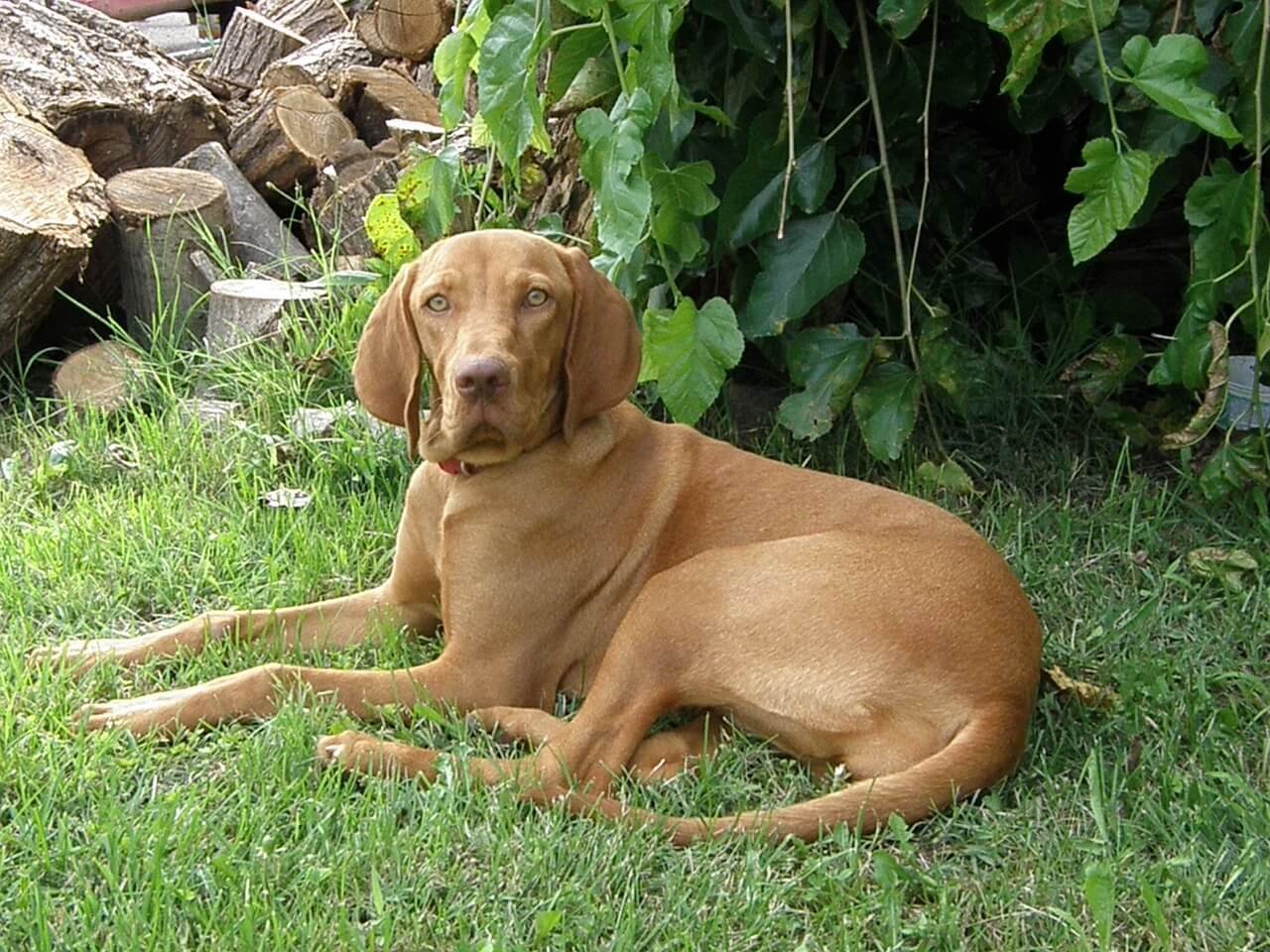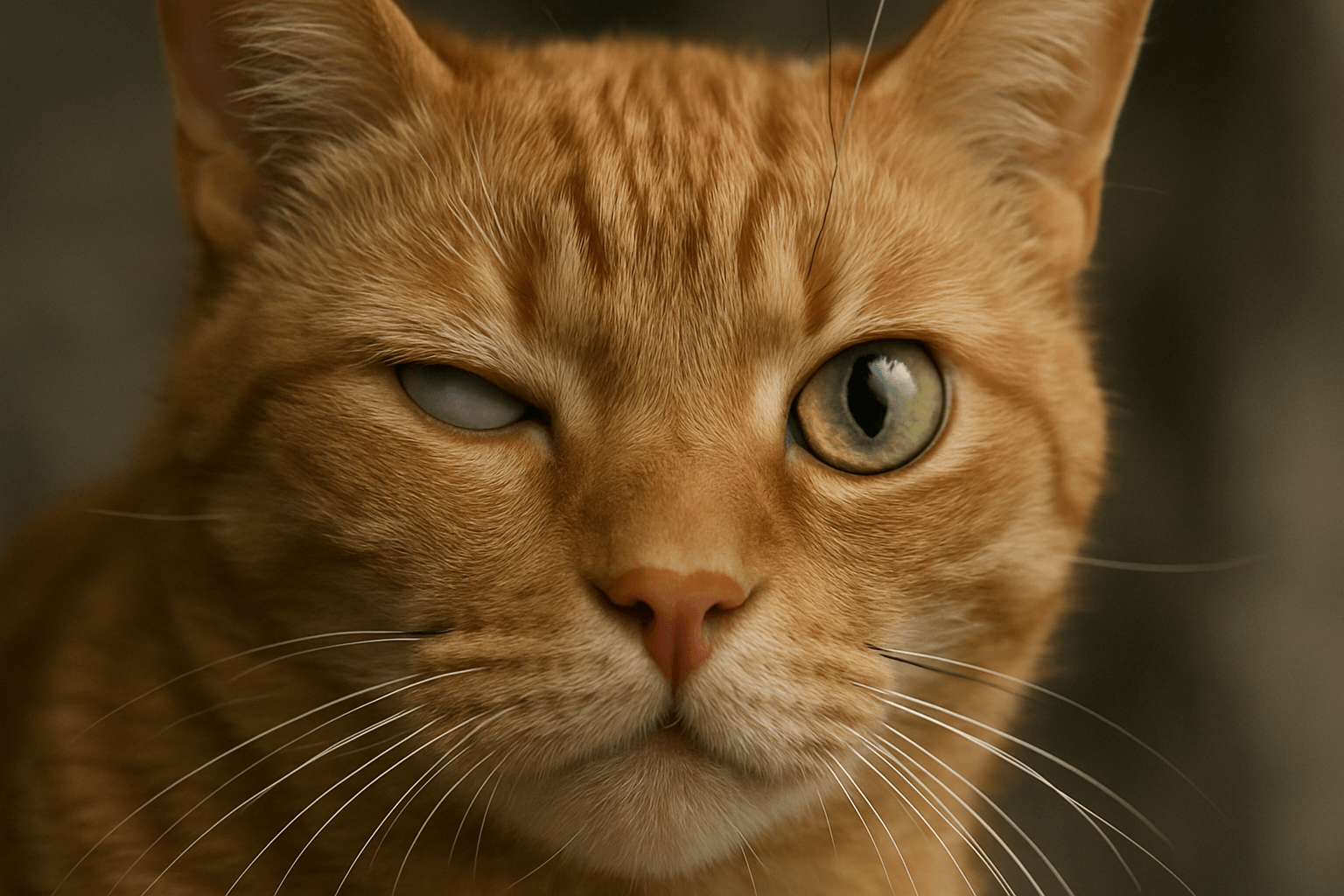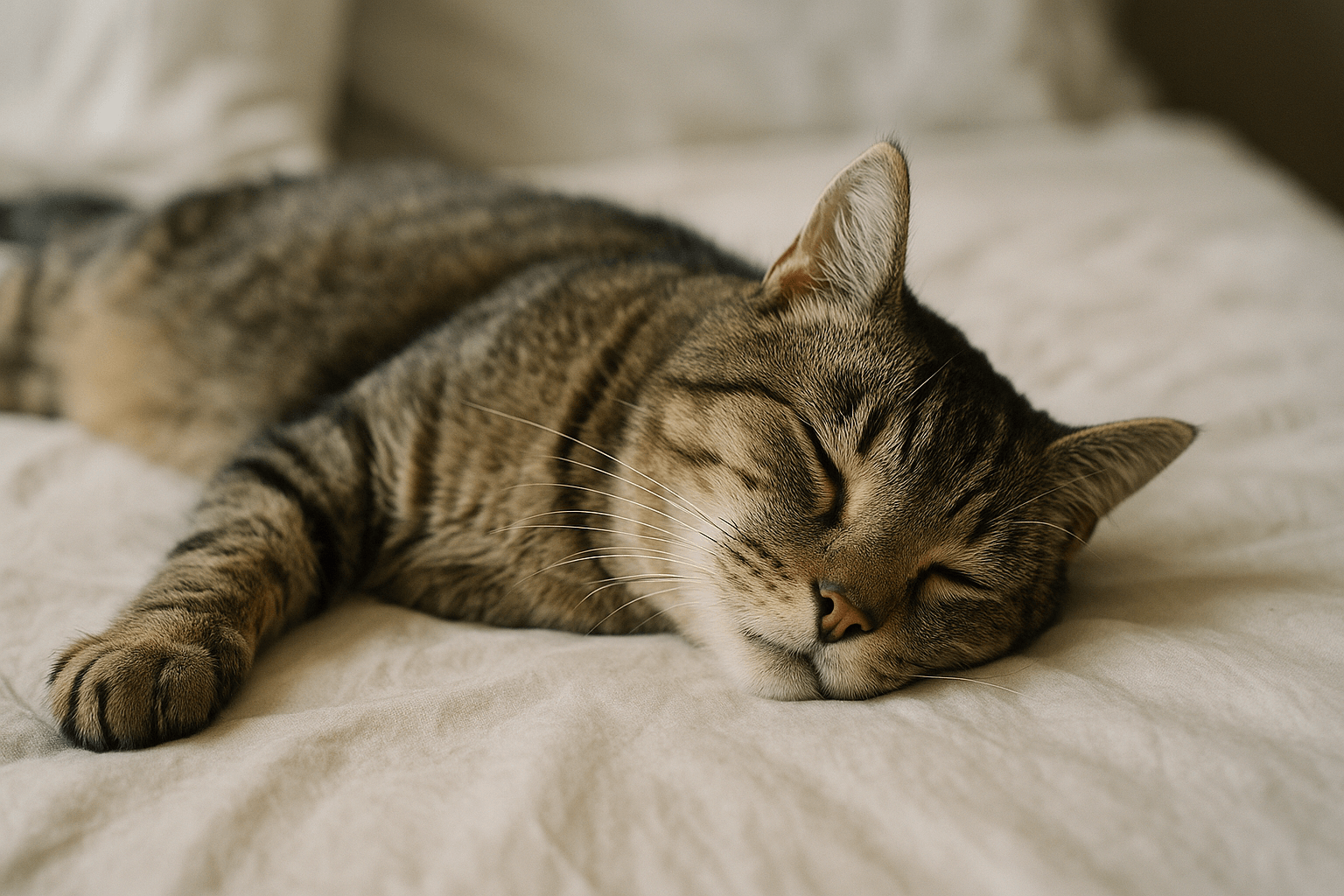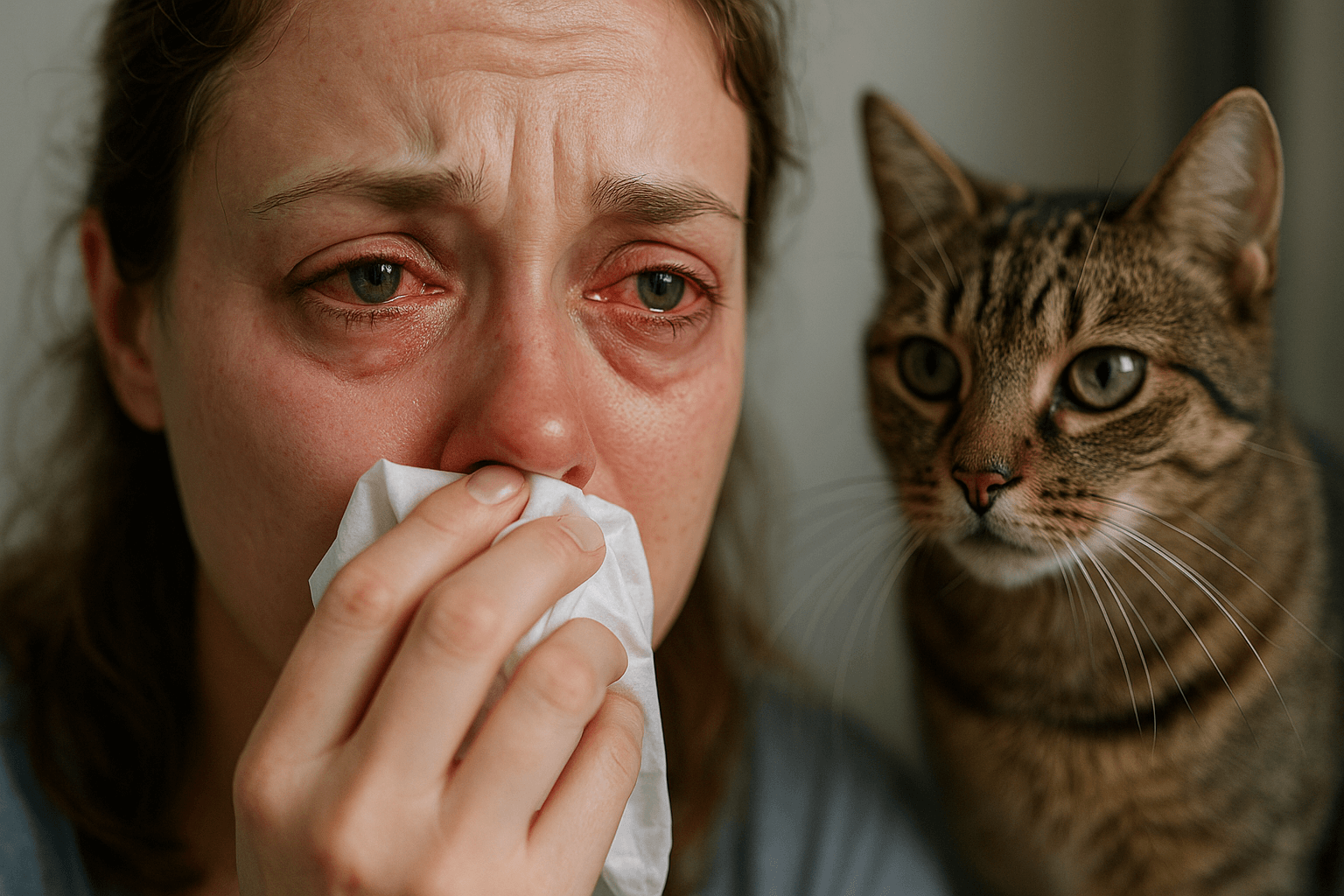What to Do If Your Dog Ate a Cotton Ball
Dogs are curious creatures, and sometimes their inquisitive nature leads them to chew on or even swallow things they shouldn’t—like cotton balls. While it may seem alarming, the good news is that most of the time, a single cotton ball isn’t an immediate cause for panic. However, understanding the potential risks and knowing how to respond is crucial for your dog’s safety. In this blog post, we’ll explore what happens if your dog ate a cotton ball, the possible dangers, and how to prevent such incidents in the future. Whether you’re dealing with this situation right now or simply want to be prepared, this guide will help you navigate the issue with confidence.
Potential Risks of a Dog Eating a Cotton Ball
While cotton balls may seem harmless, there are certain risks associated with your dog ingesting them. The severity of the situation depends on factors like the size of the cotton ball, your dog’s size, and whether it was ingested alone or with other objects. Here’s what you need to know:
Choking Hazard: Large cotton balls can get stuck in your dog’s throat, causing difficulty breathing or choking.
Gastrointestinal Blockage: Cotton balls can clump together in the stomach or intestines, potentially leading to a blockage that requires medical attention.
Toxic Substances: If the cotton ball was part of a product containing chemicals (e.g., makeup remover pads), it could pose a poisoning risk.
Digestive Irritation: Even plain cotton balls can irritate the digestive tract as they break down during digestion.
Foreign Object Ingestion: If the cotton ball was attached to something else (like a wrapper or string), it could cause additional complications.
While not every case is serious, it’s important to monitor your dog closely after ingestion and seek veterinary advice if you notice any concerning symptoms. Prevention is always better than dealing with the aftermath.
Signs That Your Dog May Be in Trouble
If your dog ate a cotton ball, keeping an eye on their behavior and physical condition is essential. Certain symptoms may indicate that the cotton ball is causing harm. Here are some warning signs to watch for:
Vomiting: Persistent vomiting can signal irritation or blockage in the digestive system.
Lethargy: Unusual tiredness or lack of energy may indicate discomfort or illness.
Loss of Appetite: Refusing food or water could mean your dog is experiencing pain or nausea.
Abdominal Pain: Whining, restlessness, or sensitivity when touched around the belly area suggests gastrointestinal distress.
Difficulty Passing Stool: Straining to defecate or the absence of bowel movements may point to an obstruction.
If you notice any of these symptoms, contact your veterinarian immediately. Early intervention can prevent complications and ensure your dog’s health and safety.
Check this guide 👉Dog Ate Metal: Best 7 Expert Tips!
Check this guide 👉What to Do If Your Dog Ate Garlic Salt? Best 7 Tips!
Check this guide 👉My Dog Ate Goose Poop: Best 7 Expert Tips!
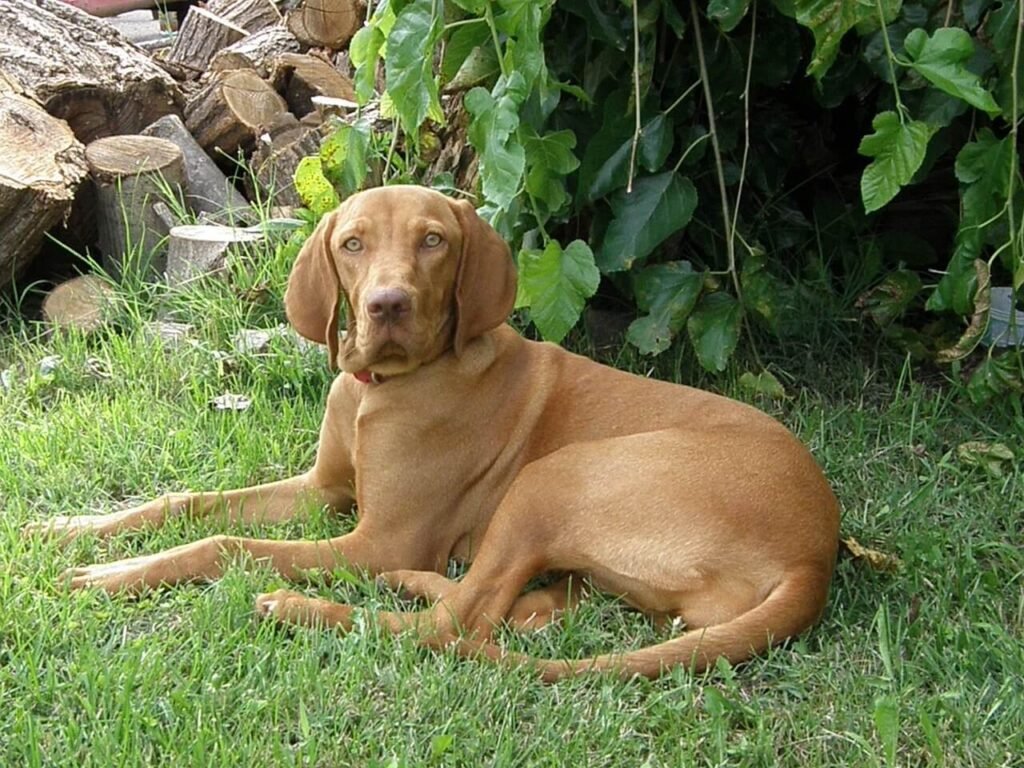
Symptoms to Watch For | Possible Causes |
|---|---|
Vomiting | Irritation or blockage in the digestive tract |
Lethargy | Discomfort or illness from ingestion |
Loss of appetite | Nausea or pain caused by the foreign object |
Abdominal pain | Cotton ball causing internal irritation |
Difficulty passing stool | Potential gastrointestinal blockage |
Steps to Take If Your Dog Ate a Cotton Ball
If you discover that your dog has eaten a cotton ball, staying calm and taking appropriate action is key. Here’s what you should do:
Assess the Situation: Determine how many cotton balls were ingested and whether they contained any harmful substances.
Monitor Your Dog: Keep a close eye on your dog for any unusual behavior or symptoms over the next 24-48 hours.
Avoid Inducing Vomiting: Unless instructed by a vet, don’t try to make your dog vomit, as this could worsen the situation.
Call Your Vet: Contact your veterinarian to describe the incident and ask for professional advice based on your dog’s size and health.
Bring Documentation: If visiting the vet, bring details about what was ingested, including packaging or labels if applicable.
By following these steps, you can address the situation responsibly and minimize potential risks. Your vet is your best resource for guidance tailored to your dog’s specific needs.
Tips for Preventing Future Incidents
Preventing your dog from eating non-food items like cotton balls starts with creating a safe environment and addressing their chewing habits. Here are some practical tips to keep your furry friend out of trouble:
Supervise Playtime: Always keep an eye on your dog, especially if they tend to chew on random objects.
Provide Chew Toys: Offer plenty of durable, safe chew toys to satisfy their natural urge to chew.
Secure Hazardous Items: Store items like cotton balls, cleaning supplies, and small objects out of your dog’s reach.
Teach “Leave It”: Train your dog to respond to commands like “leave it” to discourage them from picking up inappropriate items.
Regular Exercise: Ensure your dog gets enough physical and mental stimulation to reduce boredom-related chewing.
By implementing these strategies, you can create a safer home environment and reduce the likelihood of similar incidents in the future. Prevention is always the best approach.
Common Items Dogs Chew On and Why
Dogs are notorious for chewing on things they shouldn’t, and understanding why they do this can help prevent unwanted incidents. Chewing is a natural behavior for dogs, but it can sometimes lead to dangerous situations. Here’s a look at common items dogs chew on and the reasons behind their behavior:
Shoes and Clothing: Dogs are drawn to these items because they carry your scent, providing comfort and familiarity.
Furniture: Chewing on furniture may indicate boredom or teething in puppies.
Plastic Bags or Wrappers: The crinkling sound attracts their attention, and some dogs are curious about the texture.
Electrical Cords: Puppies, in particular, are fascinated by cords due to their resemblance to toys or prey.
Household Plants: Some dogs chew on plants out of curiosity or as a way to explore their environment.
Understanding why your dog chews on certain items can help you redirect their behavior toward safer alternatives. Providing appropriate chew toys and supervision is key to preventing accidents.
How to Train Your Dog to Avoid Non-Food Items
Training your dog to avoid chewing on non-food items like cotton balls requires patience and consistency. With the right approach, you can teach them what is and isn’t acceptable to chew on. Here are some training tips to help you get started:
Use Positive Reinforcement: Reward your dog with treats or praise when they choose a toy over an inappropriate item.
Teach the “Drop It” Command: Practice this command so your dog learns to release items from their mouth on cue.
Redirect Their Attention: When you catch your dog chewing on something they shouldn’t, immediately offer a safe alternative.
Create a Chew-Friendly Zone: Designate an area where your dog can safely chew on their toys without distractions.
Be Consistent: Reinforce good behavior regularly and avoid mixed signals to ensure your dog understands the rules.
With consistent training, your dog will learn to focus on appropriate chew items, reducing the risk of them ingesting harmful objects. Training not only keeps your dog safe but also strengthens your bond.
Signs Your Dog May Have Eaten Something Dangerous
If your dog has eaten a cotton ball or another non-food item, recognizing the signs of trouble early can make all the difference. While some symptoms are obvious, others may be subtle. Here’s what to watch for if you suspect your dog has ingested something harmful:
Excessive Drooling: This could indicate irritation or poisoning from ingesting toxic substances.
Pawing at the Mouth: Your dog may be trying to remove something stuck in their throat or mouth.
Diarrhea or Constipation: Changes in bowel movements may signal digestive issues caused by a foreign object.
Swollen Abdomen: A bloated or tender belly could mean a blockage or other gastrointestinal problem.
Behavioral Changes: Increased aggression, hiding, or unusual clinginess may indicate discomfort or pain.
If you notice any of these signs, seek veterinary care immediately. Early detection and treatment can prevent serious complications and ensure your dog recovers quickly. Always prioritize your dog’s health when in doubt.
Frequently Asked Questions About Dogs Eating Cotton Balls
Is it dangerous if my dog ate a cotton ball?
It depends on the size of the cotton ball and your dog’s health. Small amounts may pass naturally, but larger quantities can cause blockages.
Should I induce vomiting if my dog ate a cotton ball?
No, inducing vomiting can be risky. Consult your vet before taking any action.
How long does it take for a cotton ball to pass through a dog’s system?
Plain cotton balls typically pass within 1-2 days, but this varies depending on your dog’s size and digestion.
What should I do if my dog shows no symptoms?
Monitor them closely for at least 48 hours and maintain regular communication with your vet.
Can cotton balls harm my dog’s intestines?
Yes, if they clump together, they can cause obstructions that may require surgical removal.
In Conclusion: Keeping Your Dog Safe and Healthy
Discovering that your dog ate a cotton ball can be stressful, but with the right knowledge and actions, you can handle the situation effectively. By monitoring your dog’s behavior, seeking professional advice when needed, and taking preventive measures, you can ensure their safety and well-being. Remember, dogs explore the world with their mouths, so it’s up to us as responsible pet owners to create a secure environment for them. With vigilance and care, you can prevent future mishaps and enjoy peace of mind knowing your furry companion is happy and healthy. After all, a safe dog is a happy dog!
Why Is My Cats Second Eyelid Showing? Best 7 Expert Tips! Understand causes, health signs, and how to respond when your cat’s third eyelid becomes visible.
How Do I Know If My Cat Died Peacefully? Best 7 Expert Tips! Discover the quiet signs of a peaceful feline passing and find comfort in their final moments.
Cat Allergy Eyes: Best 7 Expert Tips! Discover why your eyes react to cats and learn proven strategies for relief—without giving up your feline friend.
Why Do Abyssinian Cat Colors Matter? Best 7 Expert Tips! Discover the genetics, rare hues, and care secrets behind Abyssinian coat colors for a healthier, happier cat.

